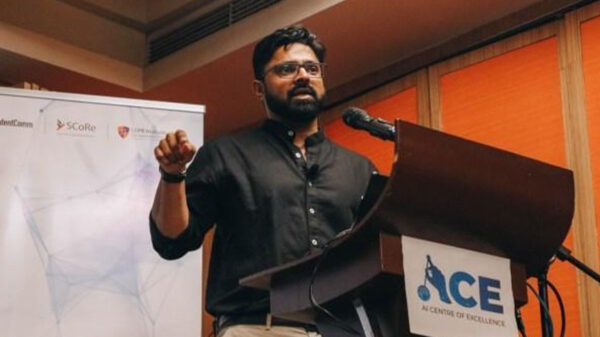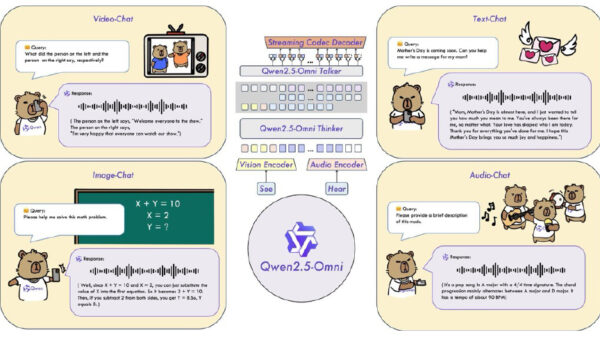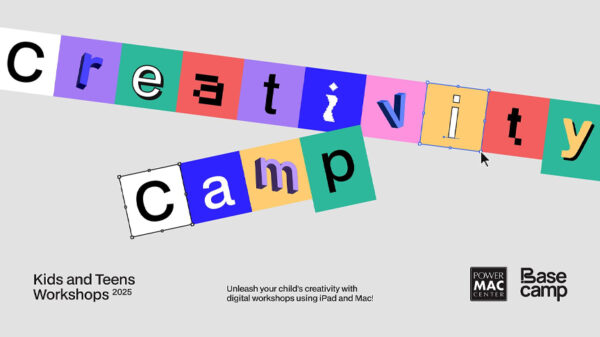With billions of devices expected to be connected in the coming years, media and entertainment (M&E) companies are positioned to seize an early advantage as an enabler and receiver of IoT applications, according to the EY report Internet of Things: Human-machine interactions that unlock possibilities. The total potential for IoT in the M&E space is expansive — to create, deliver and tailor content for new platforms and to measure the context of media consumption using analytics.
The increasing sophistication of IoT sensors makes it possible for devices to read, gauge and understand consumers at unprecedented levels. According to the report, the M&E industry is already using categories of sensors such as inertial, motion and image sensors used in animation, gaming, video images, camera stabilization, sports and 3D. This is opening up new, intimate entertainment experiences for consumers.
Chris Gianutsos, executive director, Media & Entertainment Advisory Services, Ernst & Young LLP said that “armed with meaningful insights about consumer behaviors and preferences, M&E companies will be able to use data to deliver highly personalized, contextually relevant entertainment experiences to help people reimagine their experiences on devices they already own. To fully exploit the potential of IoT, there’s also an opportunity to expand to platforms that may not be considered part of the entertainment ecosystem or even exist today… think about having news and information delivered on household appliances or video streaming in self-driving cars. We expect this will dramatically redefine consumer expectations in the near future.”
One of the most anticipated benefits of IoT for marketers is its potential – through the use of sensors – to unlock data on a person’s habits, preferences and most significantly, the context in which media is being consumed. Better data analytics will also address deficiencies in the current measurement system for media consumption, such as avoiding the duplication of unique users across platforms, and enhance what marketers know about their audiences.
Howard Bass, partner, EY Global Media & Entertainment Advisory Leader, said: “In an IoT world, media companies will be able to understand what a person is watching, as well as measure how, where, why and with whom consumers are viewing content. This new level of insight and context provided by smart devices will allow M&E companies to deliver targeted advertising that is relevant to a person’s mood, physical activity or location in real-time. IoT will not only improve the content experience for consumers, but it will also encourage the advertising industry to completely redefine its measure of success.”
If smart devices provide useful data to content providers that is perceived as non-intrusive and the resulting content experience correctly interprets consumers’ current readings (mood, need, intention) in real-time, and then quickly respond to those needs with relevant and targeted advertising, the implications for improved brand loyalty could be vast.
For M&E companies to realize the full potential of IoT, they need to also consider the associated risks, including regulatory hurdles, legal precedents, intellectual property rights, lack of connectivity standards and lack of IoT scale to reach critical mass, the report finds. The biggest challenges are around privacy and cybersecurity. Protecting personal information is an issue that will become exponentially more difficult as IoT collects enormous amounts of data and connects more devices, software, machines and humans.
“IoT is both disruptive and inevitable. For M&E companies to be successful, they will have to address risk and quickly innovate to respond to evolving customer needs and deliver rich content experiences. Only then will the M&E industry find real value in its IoT investments,” Gianutsos ended.











































































































